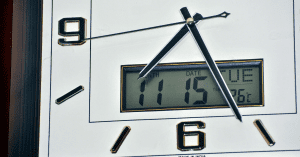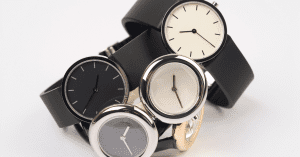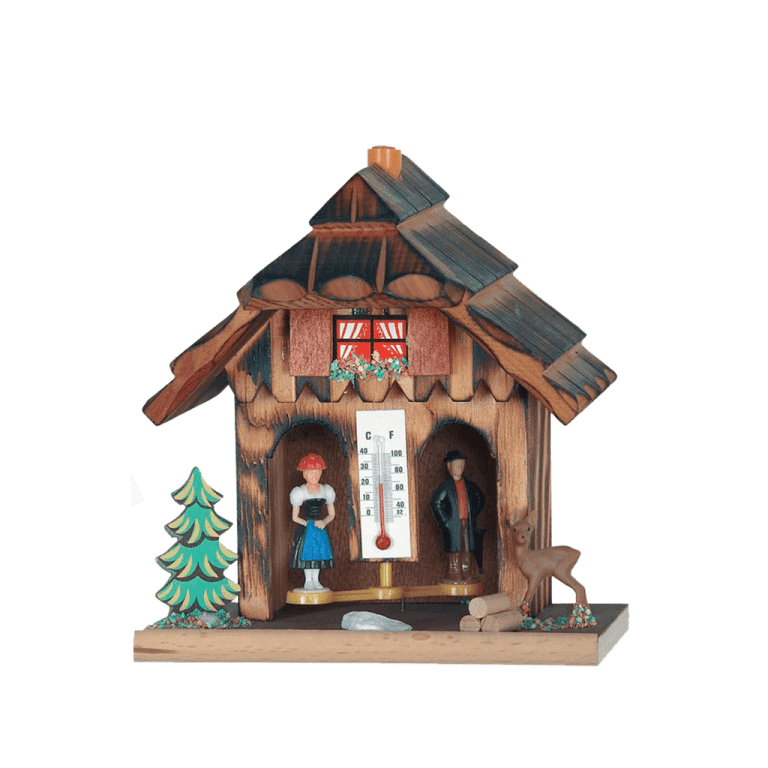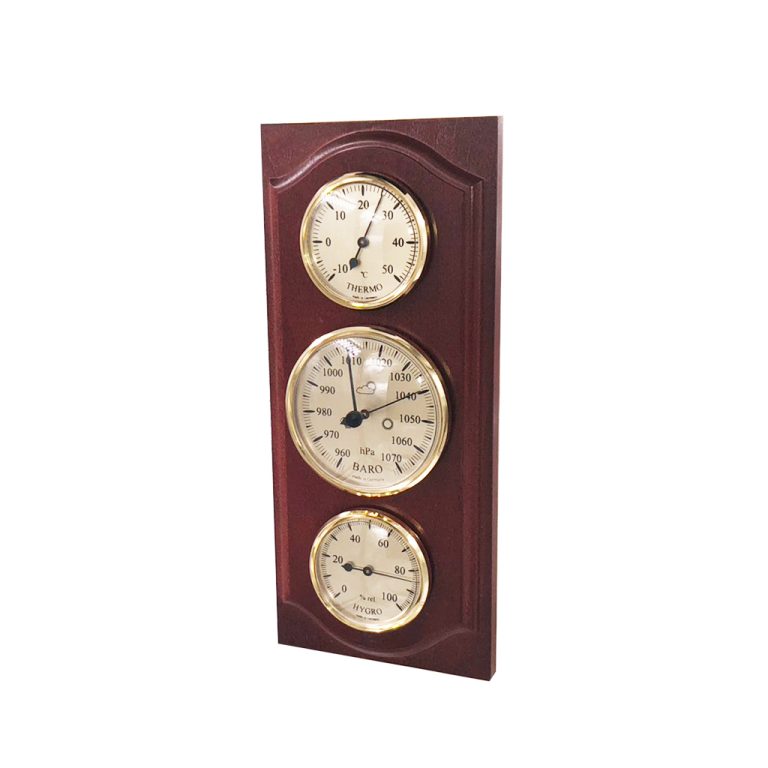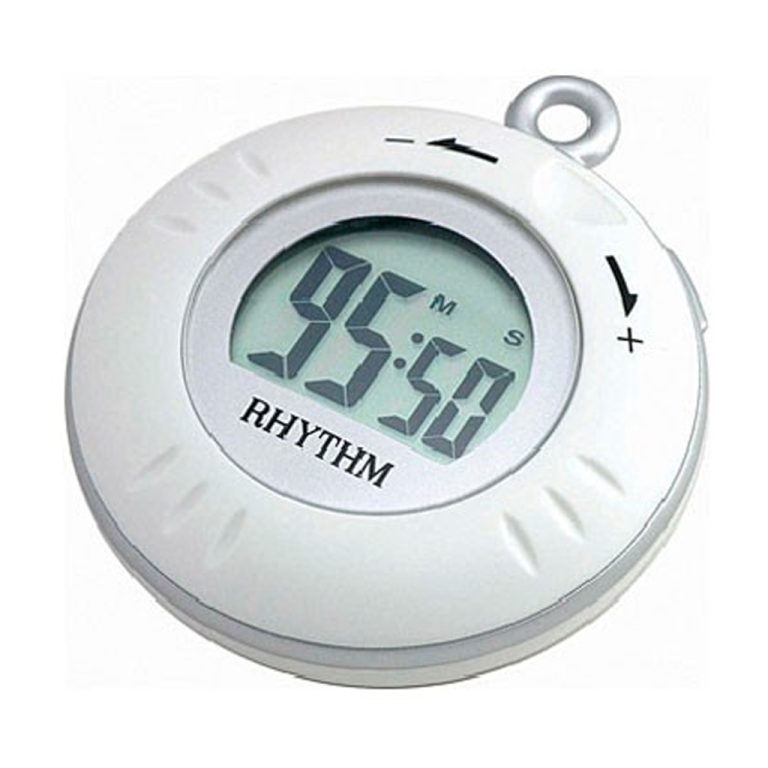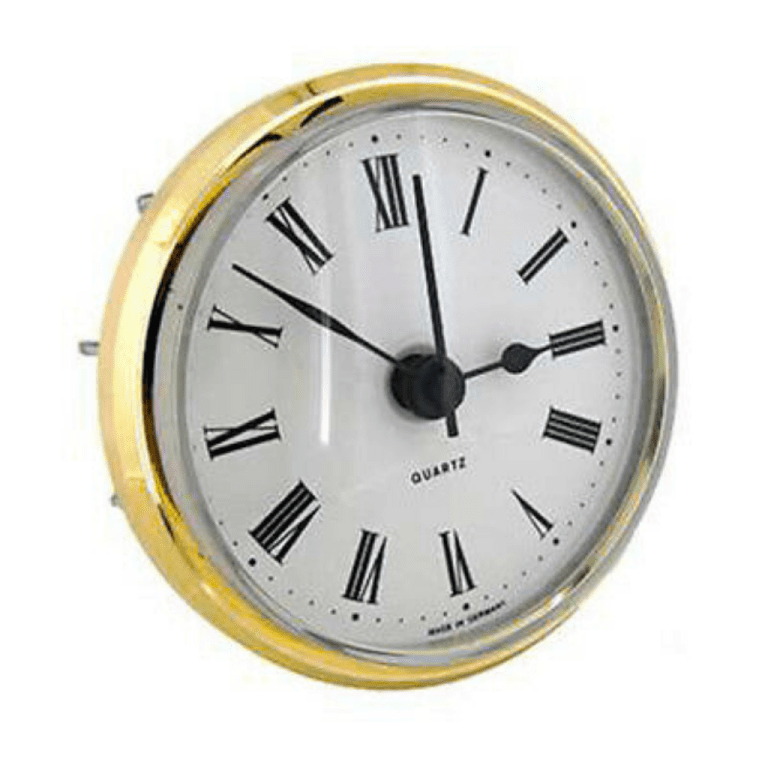A weather house is a fascinating folk art piece that tells you what the weather is like, similar to a hygrometer. While our weather houses have a similar look to a chalet cuckoo clock, they are smaller and much more decorative and colourful. They don’t tell the time unless you get a version of the weather house with a clock. Weather houses are hung outside on a patio, balcony or garden to accurately gauge weather conditions.
If we look back in history, we find the first mention of a weather house in 1726 by Jacob Leupold, then it was mentioned in an encyclopedia in 1735. This corresponds to the same time that cuckoo clocks were being made in the Black Forest. And of course, there was no forecaster to tell you the weather so weather houses were popular across Germany and Switzerland.
HOW DOES A GERMAN WEATHER HOUSE WORK?
A German weather house works like this — two figurines dressed in traditional Bavarian clothing are inside a house with a thermostat in between to hide the mechanism that makes the figures turn. That mechanism uses animal or human hair under tension, which shrinks or relaxes based on humidity in the air. When the air is humid outside, the male figure will come out of the house by rotating on a platform. And when it’s sunny and dry outside, the female figure will come out of the door. But keep in mind that if you live somewhere always wet and humid, you may never see the female figurine!
We have many different styles of weather houses with decorations that include garden and forests scenes, German families, gnomes, animals like deer, dogs, cows and birds, and mushrooms are a common theme. They make wonderful keepsakes and affordable gifts for your loved ones.
Credited to: https://www.erzgebirge.co.uk/


